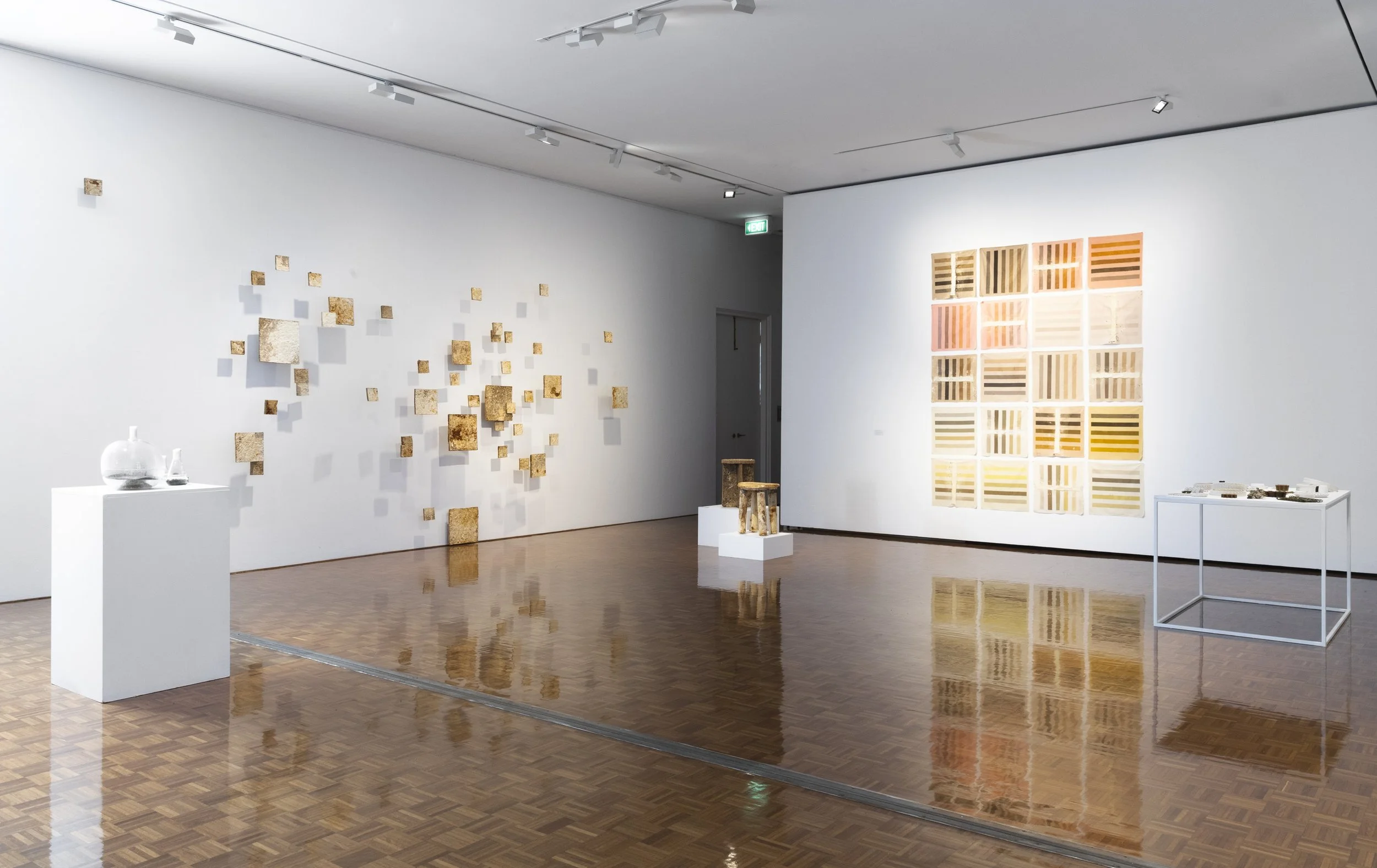Mycolour Codes is a collaborative project with natural dye artist Joanna Fowles. The project explores the relationship between food-waste as a source of natural dye and mushroom mycelium. We experimented with a series of sustainable textile surface design processes to explore what aesthetic and relational possibilities arise from white rot-fungi interacting with dyestuffs and colours of organic origins and of varying concentrations.
Fungal enzymes have long been used in industrial-scale synthetic dyeing processes to degrade toxic by-products before they are released into the environment. Certain fungal agents can decolourise some dyestuffs, thereby removing or altering the pigmentation present in organic and chemical matter. Able to detect a wide range of environmental variations through their sensoria, fungal networks can sense light, gravity, chemicals, gases, electric fields, surfaces and in some cases, even objects, which suggests they may be able to detect variations in colour.
In this project collaborators Alia Parker & Joanna Fowles ask what kinds of foodstuffs and their concomitant colours does mushroom mycelium degrade or interact with in novel ways? What colours is it drawn to or repelled by through its senses and how might these multispecies interactions signal a more careful and ethical textile co-design practice?
The project is presented as a series of alternating organic cotton textile swatches that have been prepared with a range of screen-printed mordants in vertical stripes then dyed using a range of food waste sourced locally, namely: hibiscus, coffee grounds, fennel, madder, brown onion, black tea, passionfruit, rosemary and green tea. This yields variations across the concentrations of colour and pigment. With one swatch as a control, a sister swatch is printed with a mycelial paste in a corresponding stripe and then left to grow.
This work was exhibited at ‘Biomateriality’ at the Delmar Gallery, Sydney in May/June 2022.
Photography by Silversalt




